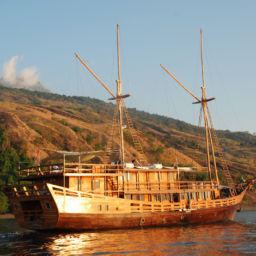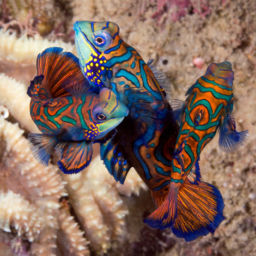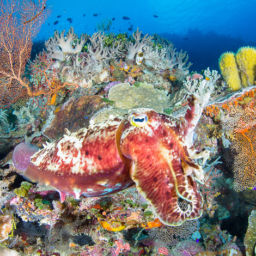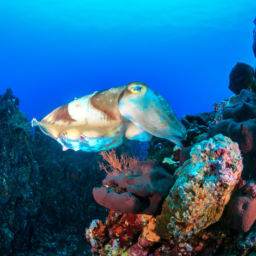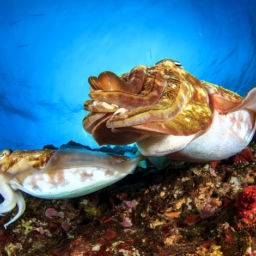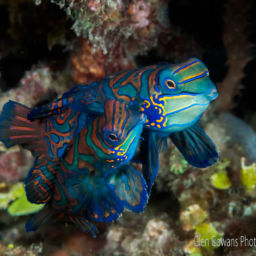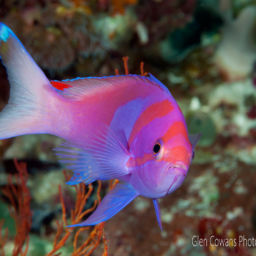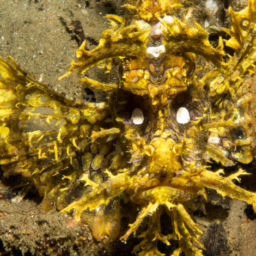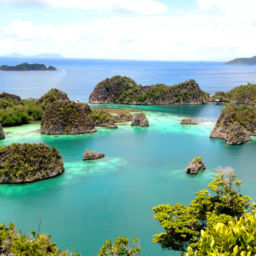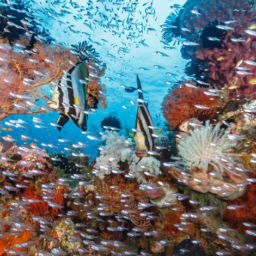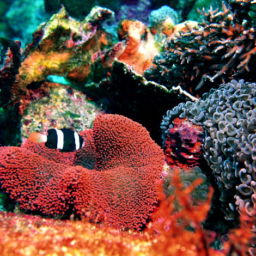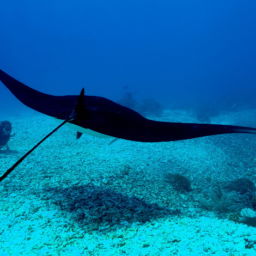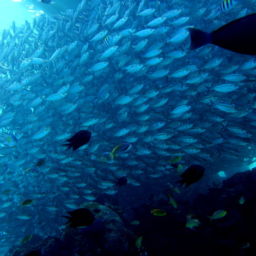During any discussion about technical diving destinations, places like Mexico and Chuuk Lagoon will certainly come up. But Indonesia is quickly catching up and making its mark in the world of diving beyond no-stop limits. Here are some of the reasons Indonesia is becoming a top tech diving destination.
As a dive destination, Indonesia needs no introduction. An archipelago made up of over 17,000 islands, the country boasts dive spots that regularly top ‘must-see’ lists, including Raja Ampat and Komodo. Due to challenging conditions, these are suitable to deeper and longer dives.
Reason 1: A growing community offering high quality training
Competent technical divers learn from highly qualified and experienced instructors. Over the past few years, the tech diving community on islands like Bali and the Gilis near Lombok has grown and both areas have become the home base for technical dive shops, as well as instructors and instructor trainers offering a wide range of courses from different agencies.
While technical diving is not (yet?) the norm, it’s becoming more widespread and it’s becoming more common to see someone gear up in sidemount gear or pre-breathe a CCR. This is partly due to dive professionals discovering another kind of diving for themselves and spreading their enthusiasm to visiting divers. More demand has led to more supply, and so the community continues to grow.
Reason 2: Exciting dive sites to keep you coming back
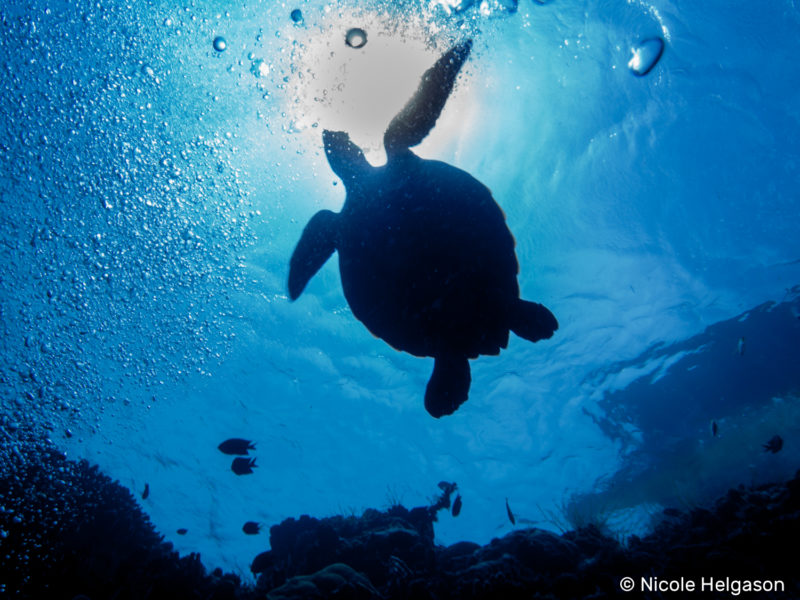
Developing skills as a technical diver means more than completing one level of training after another. Building experience between courses by planning and leading dives with other tech divers or a competent technical diving guide is just as important. Arguably, these dives are more enjoyable when there is something to see. In Indonesia, the islands of the Bunaken Marine Park in North Sulawesi offer deep, sheer walls that drop for several hundred feet in places. Bali and the Gili islands have steep slopes, pinnacle and wall dives that also often exceed the 325-foot (100 m) mark.
The beauty of many of those sites is that they make for a great dive, no matter whether you are heading to 130 feet (40 m) or pushing your limits on deeper dives. The marine life will change with every 30 feet (10 m) of depth, with increasing depth usually also increasing your chances to encounter larger, pelagic species.
Reason 3: Accessible dive sites and short travel times
Indonesia offers both extremely remote diving and relatively easily accessible dive sites. The more remote the location, the more you must be prepared to handle a full-on diving expedition. More on this below, under Reason 5.
On the other hand, you can access depth directly from the shore in other places. Northeast Bali, for example, has drop-offs and sloping walls that start directly from the beach. In some cases, you can conduct technical dives here directly from the shore. It’s easier to do deeper dives with boat support, allowing for a safety diver and drop tank. Bunaken Marine Park relies on boat diving with very few exceptions as currents tend to push divers along its steep walls. Again, however, mind-blowing deep walls with overhangs, ledges, and big marine life are accessible within minutes of resorts.
Another advantage of this topography is divers can often conduct decompression stops on the reef, giving them something to see and pass the time, especially during longer stops.
Obtaining gases and bringing tech equipment requires a degree of planning. Established dive centers will be able to supply oxygen-rich mixes on demand. Depending on where in Indonesia you go, helium may require a bit of advance warning, so it’s a good idea to plan ahead, but, as a technical diver, that should be par for the course.
Standard equipment is widely available but pricey due to import taxes. Specialized equipment, including rebreather diving consumables, may be available in the part of Indonesia you are visiting — again, it’s worth checking with the dive operator you are using. If you are planning major equipment purchases, check prices at home and at your destination to see which option works out better.
Reason 4: Combining technical with recreational diving
With depth being easily accessible often directly from the shore, tech divers traveling with recreational divers may be able to dive with the same operator. Several operators are set up to accommodate both, albeit diving from different day boats or on different trips. This is a good way to accommodate recreational-only friends and family until you can convince them to join the dark side.
Reason 5: Exploration
What tech diver doesn’t dream of discovering dive sites no one has seen before? In Indonesia especially, so much of our ocean remain unexplored, that there is a real chance of being on the frontier of tech diving.
South Sulawesi, for example, recently opened Indonesia’s first cave-diving facility. In North Sulawesi, the search continues for the elusive coelacanth. And even in a place as well-traveled as Bali, only a few divers see the depths of the ocean, and a recent project by Unseen Expeditions is exploring species in depths around 325 feet (100 m). At the same time, divers are still discovering deep reefs around Lombok, including deep cleaning stations.
With more than 17,000 islands, much remains to be explored in Indonesia. In any case, it pays to research your tech diving shop ahead of your trip and check on specific requirements. As a rule of thumb, the more remote your destination, the more the journey there will become part of your tech diving adventure.


